 I love road trips–the freedom of the open road, the relaxed pace at which to travel, and the mysterious excitement about what lies ahead. These adventures get me so jazzed that my husband and I travel back and forth from Florida to California twice a year, often taking over 5000 miles to get there and stopping at as many cool yoga studios as possible along the way!
I love road trips–the freedom of the open road, the relaxed pace at which to travel, and the mysterious excitement about what lies ahead. These adventures get me so jazzed that my husband and I travel back and forth from Florida to California twice a year, often taking over 5000 miles to get there and stopping at as many cool yoga studios as possible along the way!
Yet, there are times (say, a snowstorm in Kansas), when I desperately wonder if we’ll reach our destination. In those moments, the enchantment with which I started the journey wanes. That bold beginning has faded away.
Similarly in life, as on our mat, we can get stuck somewhere between the start and the endpoint. Today, the science of timing reveals that you can actually use midpoints to build momentum, instead of stop it. This blog shows you how.
THE MIDPOINT MENTALITY
As we looked at last week, beginnings are powerful. They set the tone for our experiences. Just think about the first yoga class you took? Or that you taught? Starting points can remain etched in our memory, but middles can tend to get a bit more muddled.
In the book WHEN, by Daniel Pink, several studies depicted a natural slump during middles. Adults in their forties and fifties had drops in life satisfaction compared to their younger and older counterparts. This dip was mirrored again measuring positive affect in zoo-bound apes.
What might a slump in the middle look or feel like?
- Numbed interest
- Boredom teaching
- Stalled progress
- Increased class turnover rate, as students can’t feel your passion
- Excuse-making
- Small class numbers
- Repetition (in class topics) to avoid creating something new
- Uncertainty about where to go, or what to do, next
Now, cutting corners in the middle is not something unique to you. A few years back, two social scientists gave young adults an easy task: use scissors to cut out a simple shape on five separate cards. Cutting accuracy was high at the beginning and end. But the middle? You guessed it–a slump.
In the middle, you might relax your standards a bit. You might feel that you’re not being watched as closely, and thus slack off. Or, you just might be surrounded by so much familiarity or chaos or busy-ness that you just lose sight of what to do next.
The good news is that there are practical ways to avoid getting stuck in the slump, and actually use the middle as a way to awaken motivation moving forward.
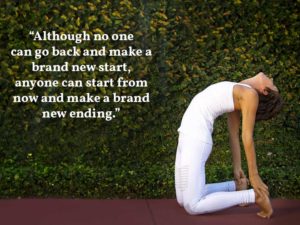
Photo Credit: Ember and Earth Photography
GROWTH IN SPURTS
Yoga has no endgame, right? Once you start, you’re on an endless path of possibility. While this potential for change can be exciting, the milestones for progress can be vague.
Many like to think that progression in life, as in yoga, is linear. It follows a nice, gradual and predictable path. But, neither do.
Two biologists, Eldredge and Gould, studied change patterns of arthropods and mollusks. They discovered that these species experienced long periods of inactivity, followed by sudden bursts of change. Amazingly, this is true for humans, too.
Connie Gersick observed small groups of people working on a variety of tasks–from banking teams to hospital administrators to university faculty. While each project was different, similar patterns began to emerge. Almost all groups had a slow, sluggish start. Then, each team experienced a shift in perspective and made sudden, dramatic progress.
Similarly, we may feel that the time spent on our mats is getting us nowhere. It’s like we forget that yoga is called a practice for a reason. You, and your students, might expect dramatic changes each and every time they roll out the mat. But, in reality, microscopic changes are being made at the cellular level with each conscious breath and asana. Then, bam! One day you’re able to nail a challenging pose.
Said another way, evidence of your growth in yoga will most likely come in spurts. Trust the process, and be open to the timing in which those changes will surface. Who knows? The surprise and sense of accomplishment might be just the spark to move you out of the muddy middle.
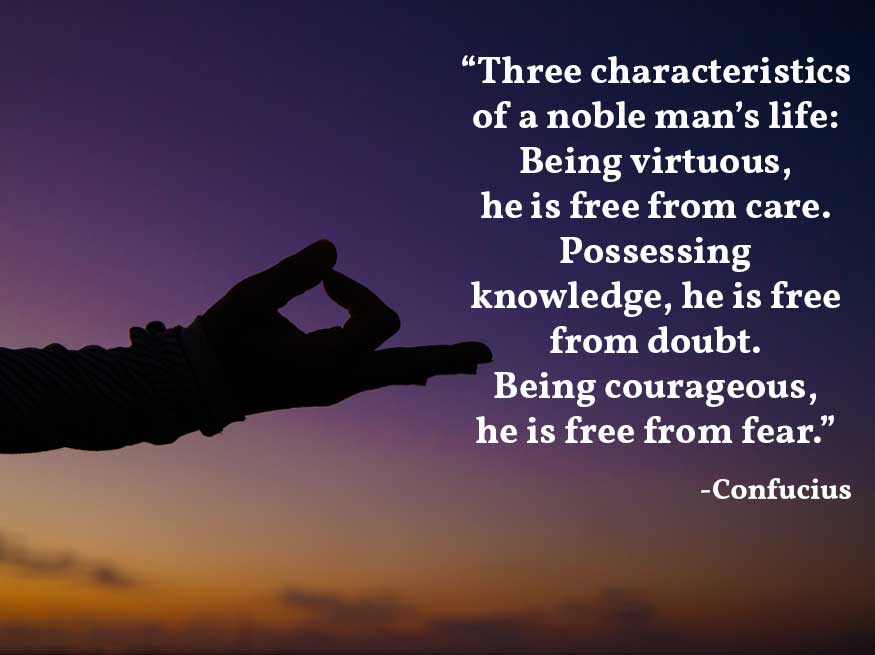
Photo Credit: © Casey Brooke Photography
THE POWER OF HALFTIME
Gersick, who examined group dynamics above, found a common thread woven between her diverse groups: each team felt a sense of urgency as their reached the midpoint of their projects. Regardless of the type and time-frame of their work, the midpoint had significance.
It was as though a psychological alarm clock sounded, and each person knew time was running out. Uncertainty turned to focus in each case so that deadlines could be met. Gersick called this a “concentrated midpoint burst.”
These were not scheduled time-outs, like the actual halftimes taken in the sporting world. But the timing had the same effect. The midpoint is a time to assess your position. It’s a time to recalibrate and strategize.
Yoga classes, like the above group projects, do have a beginning, middle, and end. And, similarly, the midpoint is often not advertised or practiced like halftime, either. Instead, you have the opportunity as a teacher to create meaning for your students in the middle.
Perhaps you build in stillness at the 30-minute mark of your 60-minute class. You can have the students reflect on what they have achieved thus far–body, mind, and breath–and you can prepare them for a strong finish to the sequence. The exact time doesn’t matter as much as your intention to create the most dynamic, engaging, and satisfying middle experience for your students possible.
LIGHT A SPARK FOR YOUR STUDENTS
In addition to adding stillness and reflection at the midpoint of a class, you can add clarity for your students along their yogic journey in numerous ways. Here are some additional suggestions to help them avoid getting stuck in the middle:
Break Down Challenging Poses
 Bite-sized pieces are more digestible, whether they be part of a delicious meal or intellectual concept. Yoga poses are no different. Want to teach your students to master headstand? Then create an 8-week class series that would help them build:
Bite-sized pieces are more digestible, whether they be part of a delicious meal or intellectual concept. Yoga poses are no different. Want to teach your students to master headstand? Then create an 8-week class series that would help them build:
- Stability in the shoulder complex
- Strength in the erector spinae muscles and core
- Muscle memory of a neutral pelvis
- Familiarity with more simple inversions, like down dog or dolphin
- Confidence with balance, both upside down and right side up
These concepts could be woven into each class, without having to address salamba sirsasana immediately. In fact, students might not be able to accomplish the end goal at the end of 8 weeks, but they will most definitely have a more clear picture of what is needed in order to do so down the road.
Practice, practice, practice … and trust. Then, when you least expect it, the evidence of the growth will appear. And, who knows? Maybe revisiting familiar postures in this way will give you the spark you need as a teacher to get out of a rut.
Class Homework
In the days of formal schooling, you probably dreaded homework. I know I’d sure rather be playing capture the flag with my neighborhood friends instead of mastering my times tables. As an adult, I realize homework is just like the practice of yoga. Through both, we learn dedication, focus, perseverance, and confidence.
But, many times, a structured curriculum goes out the window when you leave the classroom. You have the chance to encourage your students to keep learning at home when you give them homework.
These small assignments can also be used to support the work you are doing in an 8-week program at the studio. Or, they can simply be recommendations you provide your students based on their individual needs. My favorite way to practice specific yoga skills are in 15-minute segments. In fact, I’ve been working on TVA (transverse abdominis) strength lately. I gain power and energy in the middle of my days this way. Your students can too.
Dedicate your Practice
We often hear yoga teachers say, “dedicate your practice to someone.” Well, often in the middle of a situation in which we cannot see the ending, we want to ask “How can I continue?” Wharton professor, Adam Grant, encourages his students and readers to ask a different question instead: “How can I help?”
Students might not realize that the mental skills, emotional fortitude, and broader life perspective they are cultivating on their mat really does flow downstream to those with whom they interact. Just ask them during class, “Who in your life benefits most from you being here right now?”
Inevitably, someone will come to mind. When students dedicate their practice to another, they recognize the changes they experience (albeit many times sweaty and uncomfortable) on the mat, really do make a difference in the lives of others. Keeping that thought alive for them may just be the spark they need to finish wholeheartedly.
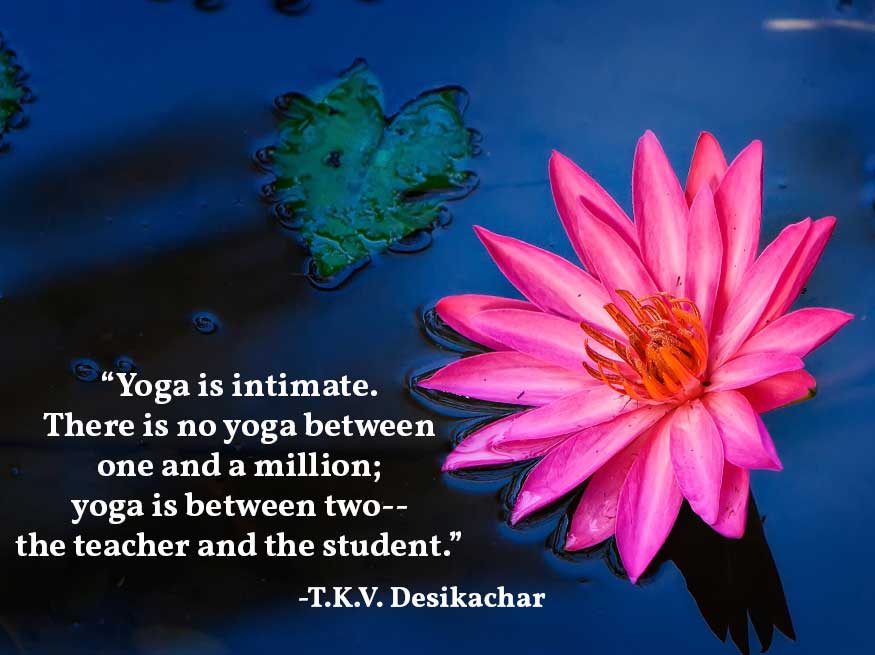
Photo Credit: Dominik Vanyi
AVOID GETTING STUCK IN THE MIDDLE AS A TEACHER
Yoga can elicit excitement when you just begin the practice. That fire can be ignited further when you begin teaching. But how do you keep that enthusiasm alive in the middle of your career? You can keep your motivation high through the power of the flow. Or, you might want to try some of these tactics:
Study with a Mentor
Mentors can be a lot like homework–they are crucial at the beginning phases of learning, but may lose their luster as time goes on. Here at Swagtail, we believe that structured, specific mentorship is valuable throughout your career. In fact, that’s why we created the Yoga Mastery Course. The 8-week program is designed to fuel the purposeful growth of yoga instructors. While continuing education credits are necessary to remain part of the yoga alliance registry year in and year out, the courses to meet those requirements are short-term or even virtual. Whether you choose to work with us directly or not, find a mentor to maintain forward progress.
Wait for Inspiration
Instead of always infusing our days and practices with action, this step invites a more subtle approach to change. We suggest that you set aside more quiet time in your schedule. Not only can stillness cultivate greater awareness about your situation, it can help to add clarity to your future. Use the quiet time to build momentum behind your thoughts. Instead of worrying about what next steps to take, or how to take them, allow your thoughts to percolate. Then, when you feel inspired to take action, do it! You’ll feel more confident and connected when you do.
Follow your Curiosity
If waiting is not your thing, try combinatory play. Einstein coined this term and it refers to doing something equally creative, but off-task, to your primary goal. This keeps your brain waves stimulated without the pressure to perform.
Many times, I take breaks in the afternoon to play nine holes of golf with my husband. Or, I’ll have a Chopped competition with myself–creating a new, delicious recipe with whatever ingredients I can garner in my fridge.
With combinatory play, you still give off the vibe that you are interested in growth, but you avoid getting stuck in one place by purposefully using your energy in another. The best part is, that new inspiration often arises in this place of mental freedom.

Photo Credit: Simon Migaj
Take Mid-Day Breaks
Just like individuals may go through midlife slumps, Pink’s book summarizes various studies that indicate there is a natural energy drop during the middle of each day for most people. Conveniently, many yoga classes are taught in the morning, when you and your students are vigilant and fresh. Or, they take place in the evening, when the second energetic surge takes place. What do do in the middle, then?
Take a break.
Use this slower mental time to write, jot down ideas about yoga workshops, retreats, or collaborative projects. Connect with others via your social media channels, or hang out with a friend. Place less important work during these off-times, and notice the burst it gives you to keep going.
PUTTING IT TOGETHER
Middles are inevitable. Because they are often less exciting than beginnings or endings, these time periods are prone to emotional and energetic slumps. The good news is that you are now aware of this trend, and can use your knowledge to add a spark to both your personal practice and professional teaching.
What creative ways are you using to stay inspired? Leave a comment below and share your brilliance with the community!


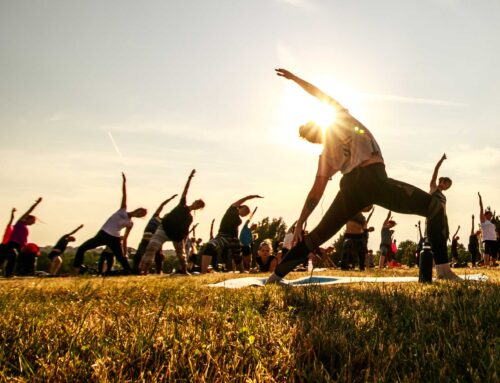
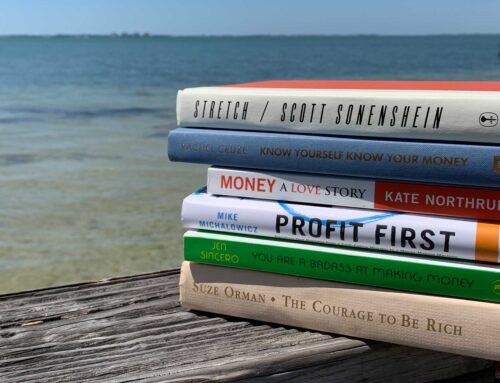
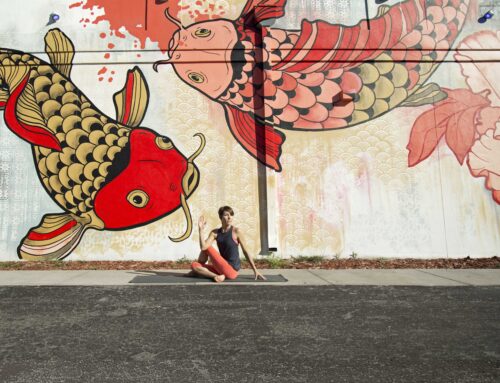



Could you tell me what theme are you using on your web site?
It looks wonderful.
Hi Gordon,
This wordpress theme is Avada. It’s been easy to use thus far.